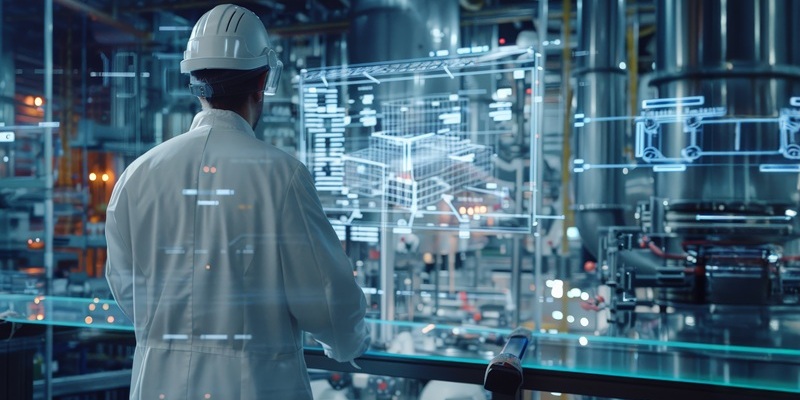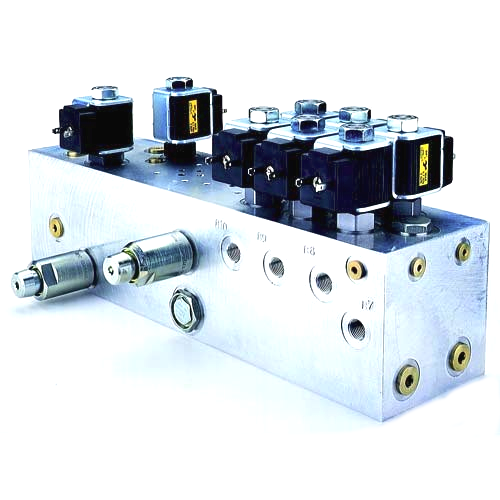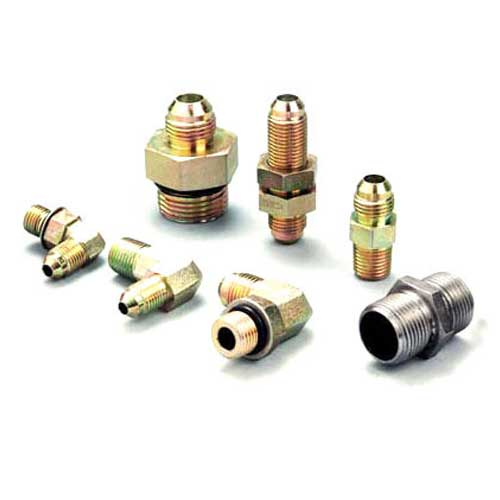Schedule a Call Back
Assessing the trade-offs of making the switch to electrical actuators
 Articles
Articles- Oct 24,24

Related Stories

6 Nonnegotiable requirements for your smart factory transformation
The smart tech world is seemingly never-ending, but a few essential staples create an unshakable foundation. Here, Emily Newton suggests six essential ingredients for a transformation to smart facto..
Read more
Three Vibration-Control Innovations Saving Drivers and Shipments
In this article, Emily Newton discusses some of the latest innovations to improve vibration control and protect packages during transportation.
Read more
Unique capabilities of edge computing in IoT
IoT edge computing projects allow people to benefit from advantages associated with both technologies, letting them tap into many unique capabilities, says Emily Newton.
Read moreRelated Products

Baling Machine
Mask Hydraulic Machineries provide triple action scrap baling machines. Read more

Manifold Block
Om Shakthi Hydraulics offers a wide range of hydraulic manifold blocks. Read more

Exclusive Hydraulic Fittings
Supreme Engineers is engaged in manufacturing and supplying an exclusive range of hydraulic fittings. Read more














